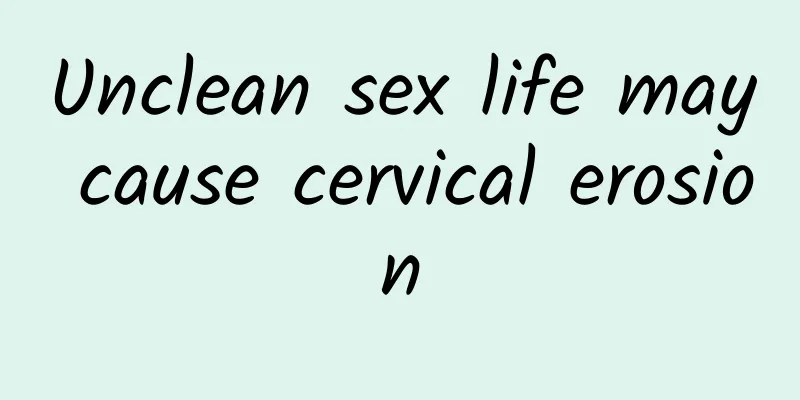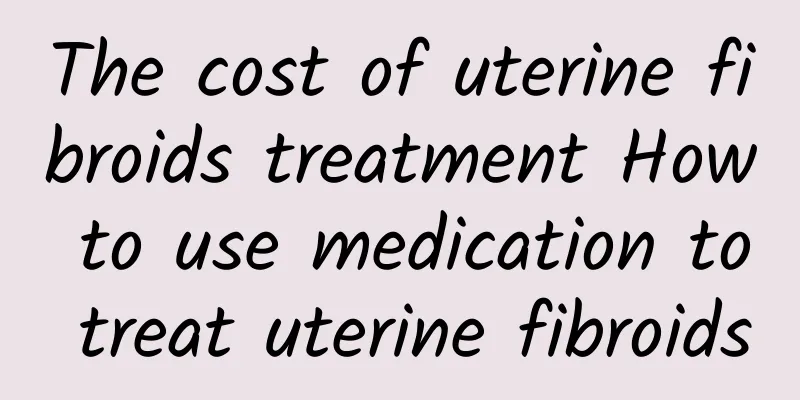How to treat cervicitis cells

|
The treatment of cervicitis cells requires the selection of appropriate methods according to the cause and symptoms, including medication, physical therapy and lifestyle adjustments. Cervicitis is usually caused by infection, hormonal imbalance or chronic irritation, and the core of treatment is to eliminate inflammation, control infection and prevent recurrence. 1. Drug therapy is the main means of cell therapy for cervicitis. Antibiotics such as azithromycin, doxycycline and metronidazole are commonly used for cervicitis caused by bacterial infection. Antiviral drugs such as acyclovir are suitable for viral infections. For fungal infections, fluconazole and clotrimazole are commonly used drugs. Hormonal drugs such as estrogen ointment can be used for cervicitis caused by hormone imbalance to help restore the normal state of the cervical mucosa. 2. Physical therapy is suitable for chronic cervicitis or when drug treatment is ineffective. Laser therapy removes diseased tissue through high-energy beams and promotes the regeneration of healthy cells. Cryotherapy uses low temperatures to destroy abnormal cells and is suitable for local lesions. Electrocautery burns the lesion area with electric current to quickly eliminate inflammation. These methods need to be performed under the guidance of professional doctors to ensure safety and effectiveness. 3. Lifestyle adjustment is essential for the treatment and prevention of cervicitis. Maintain personal hygiene, avoid using irritating lotions, choose cotton underwear and change and wash them frequently. Avoid frequent vaginal douching to avoid destroying normal flora. Eat more foods rich in vitamins C and E, such as citrus fruits, nuts and green leafy vegetables, to enhance immunity. Regular gynecological examinations can detect and treat cervicitis early and prevent the disease from worsening. The treatment of cervicitis cells requires a combination of multiple methods and a personalized plan based on individual conditions. Timely medical treatment, taking medication as prescribed by the doctor, and a healthy lifestyle can effectively control inflammation and reduce the risk of recurrence. Regular follow-up and examinations are the key to ensuring the effectiveness of treatment and preventing the disease from progressing to more serious cervical lesions. |
<<: What causes right lateral adnexitis?
>>: Symptoms of severe cervical hypertrophy
Recommend
What are the reasons for the large number of abortions? How harmful are multiple abortions to women?
Nowadays, young people's sexual ideas are bec...
What to eat for adenomyosis
Adenomyosis is a common disease in women, which c...
Symptoms of cervical erosion
Symptoms of cervical erosion: The main symptom is...
What are the symptoms of endometriosis
Endometriosis is a female reproductive system dis...
Core exercises can help relieve stress! Exercise can activate the core and impact the adrenal medulla
Since most people are often in a state of mild an...
How long does it take to detect abnormalities in ectopic pregnancy?
Recently, many patients have called to consult ab...
Causes of cervical erosion
Causes of cervical erosion: Cervical erosion clin...
4 Key Points to Reduce Liposuction Complications and Postoperative Recovery
In recent years, more and more people regard &quo...
What are the symptoms of acute pelvic inflammatory disease? Does low back pain mean pelvic inflammatory disease?
What are the symptoms of acute pelvic inflammator...
Break through the weight loss wall period and eat coix seed to lose weight and beautify the skin
Do you hit a wall in the winter when losing weigh...
Physical health care methods for menopausal women
Menopause is a common disease among women. As wom...
How to completely cure Bartholinitis
Bartholinitis is a disease that many women suffer...
What are the dangers of unmarried pregnancy and abortion? How to recuperate after unmarried abortion?
Most unmarried pregnant women have to have an abo...
Say no to office belly! 6 tips for office workers to stay in good shape
Sitting in the office all day, reduced metabolism...
A brief discussion on the harm of moderate cervical erosion
Cervical erosion is a very common gynecological d...









